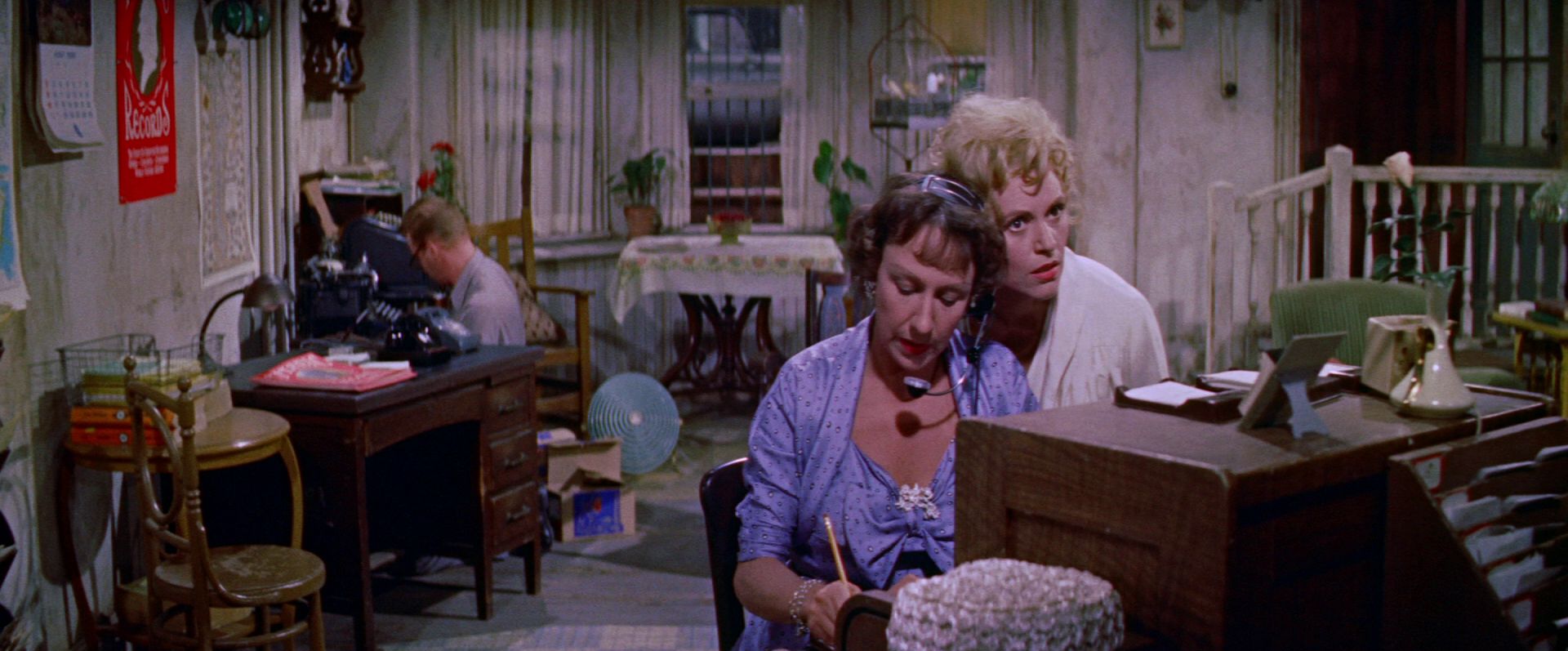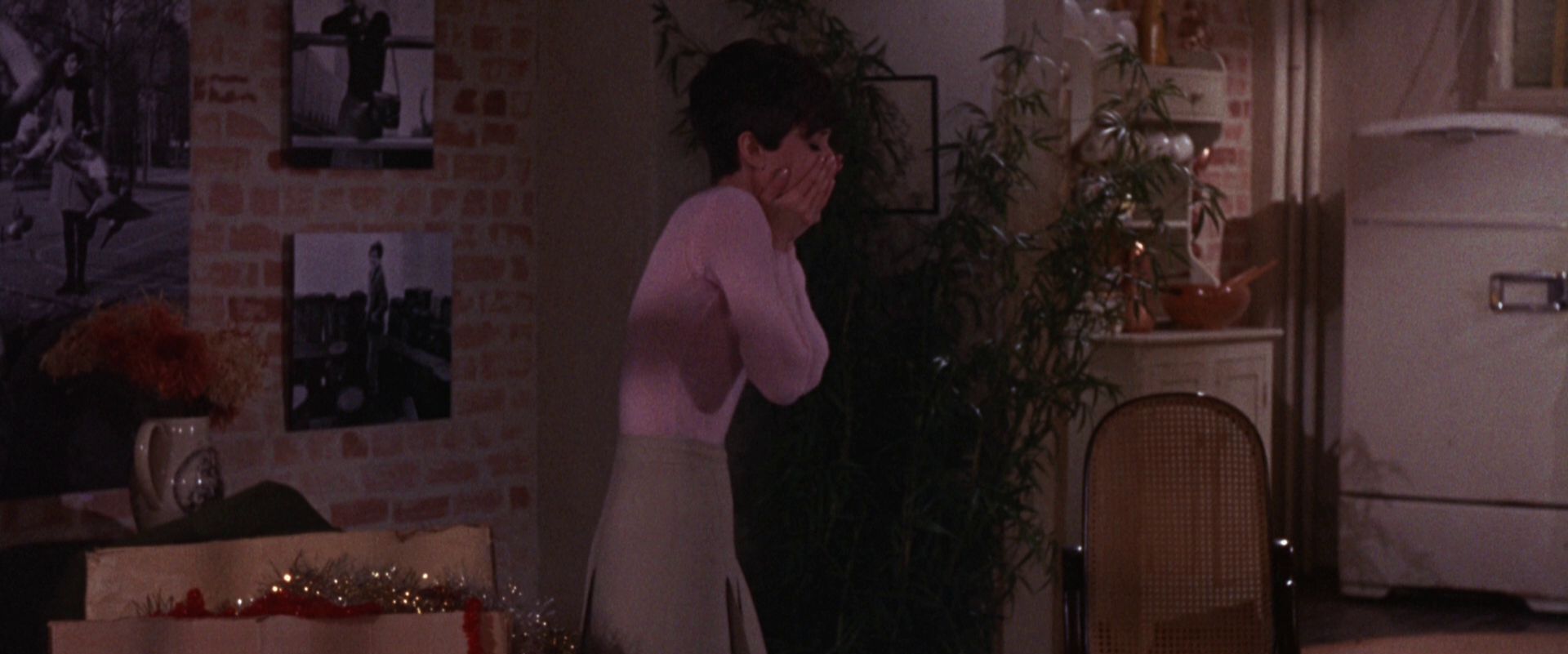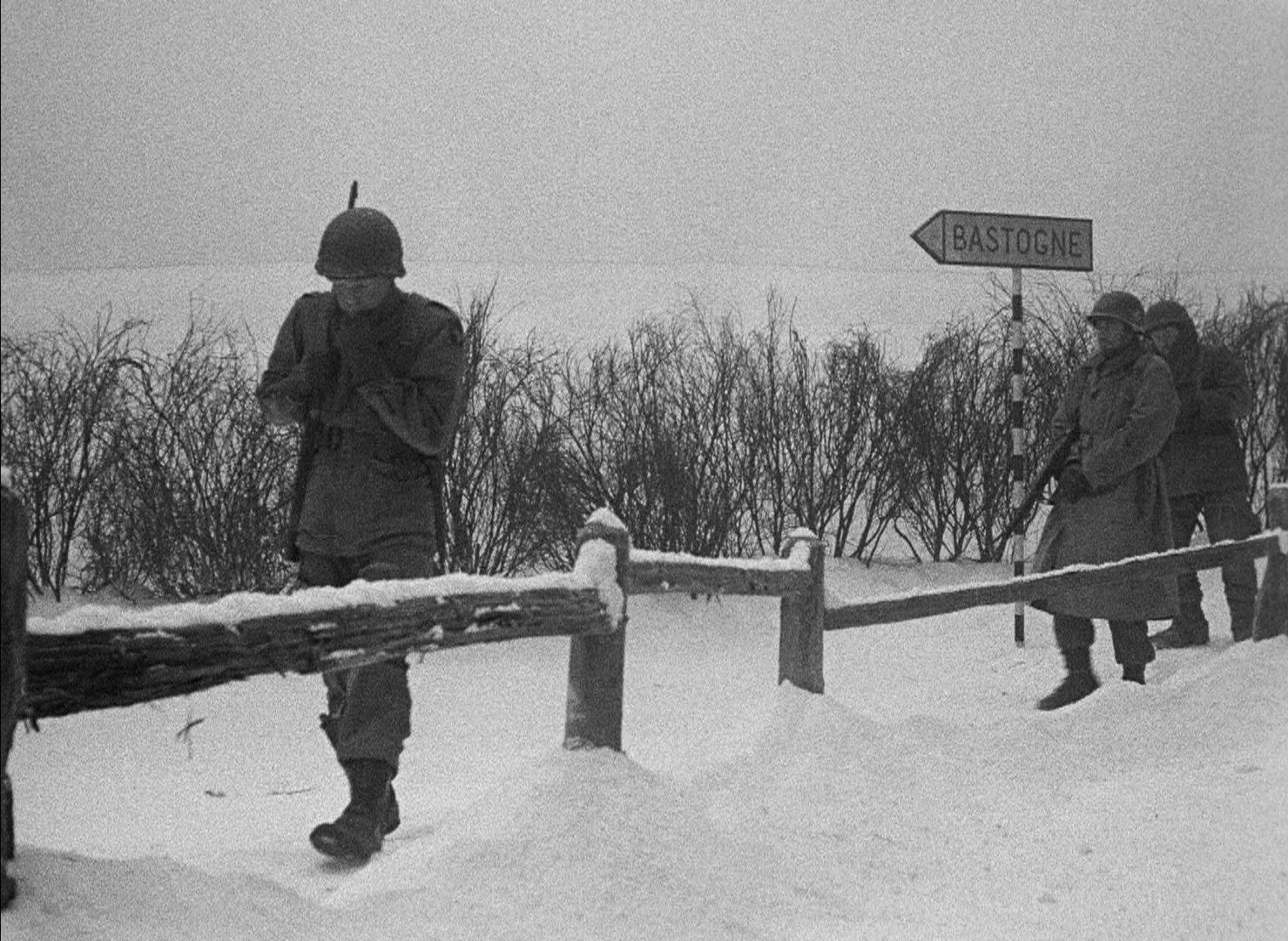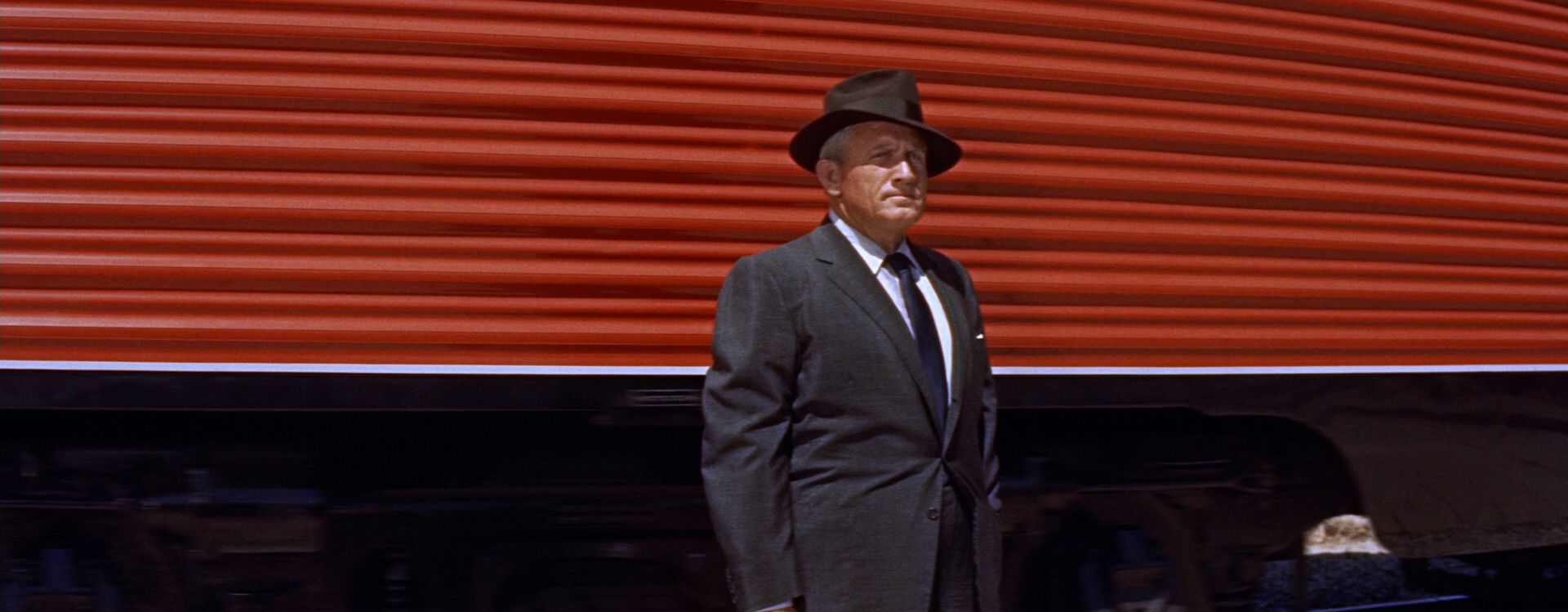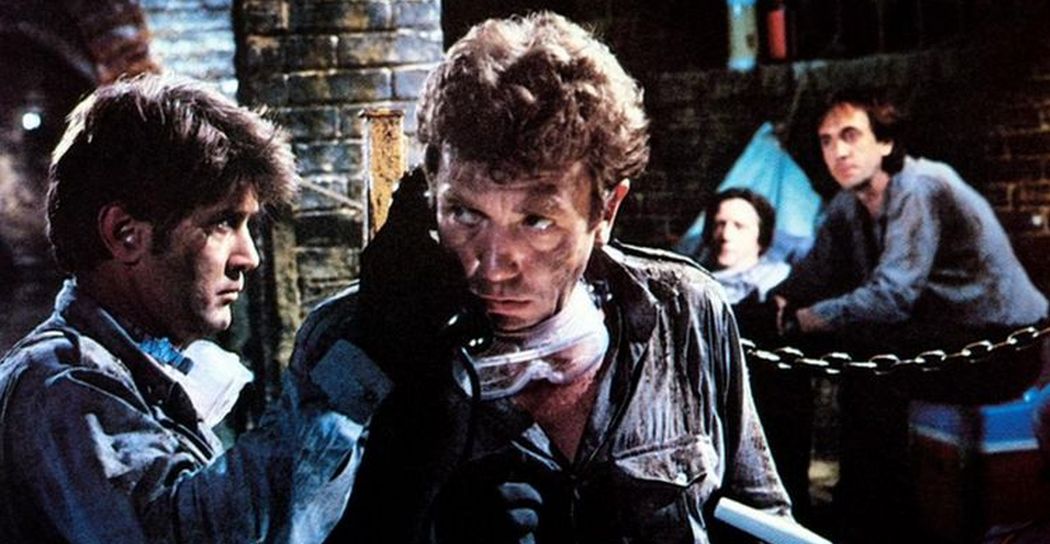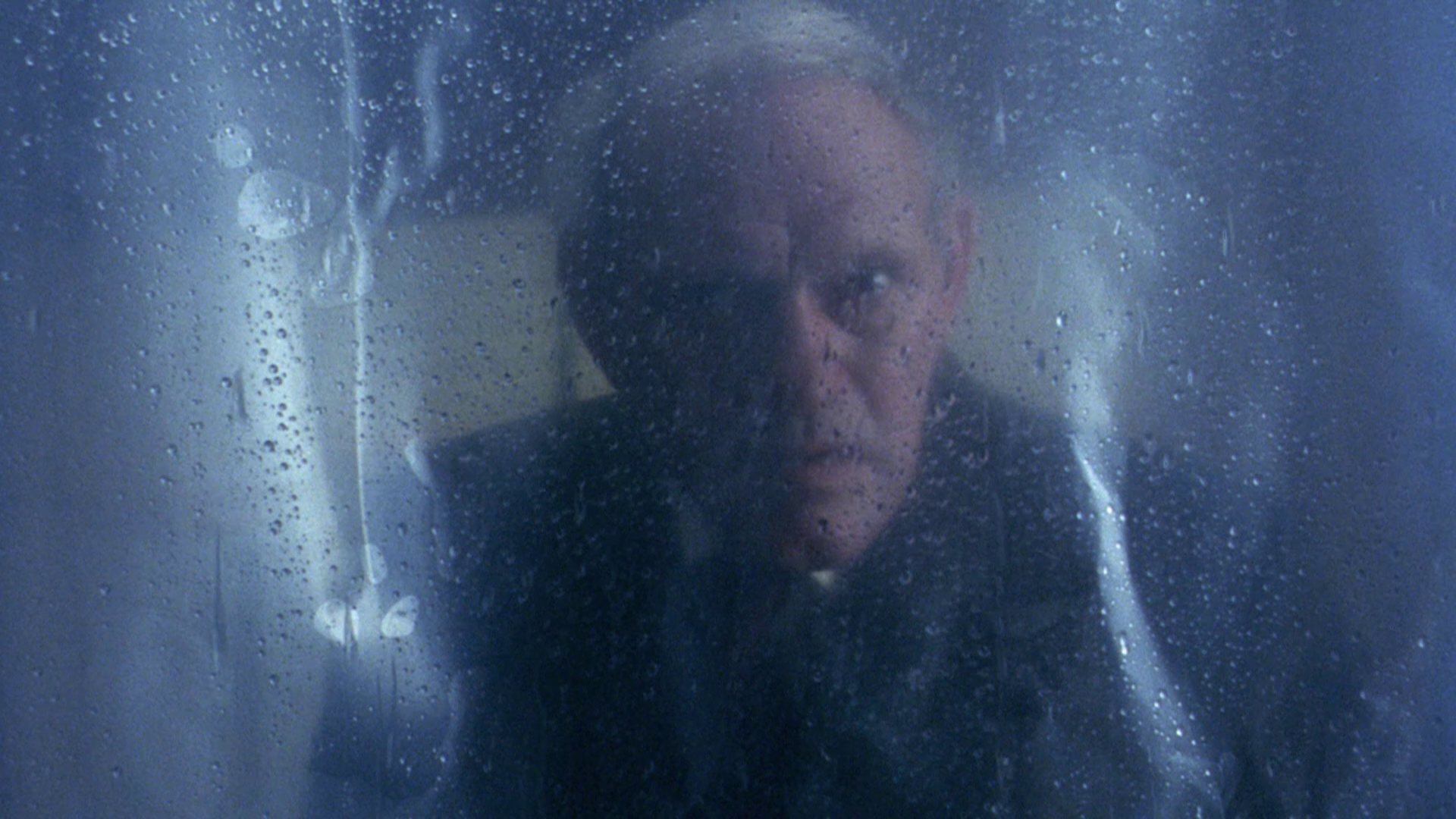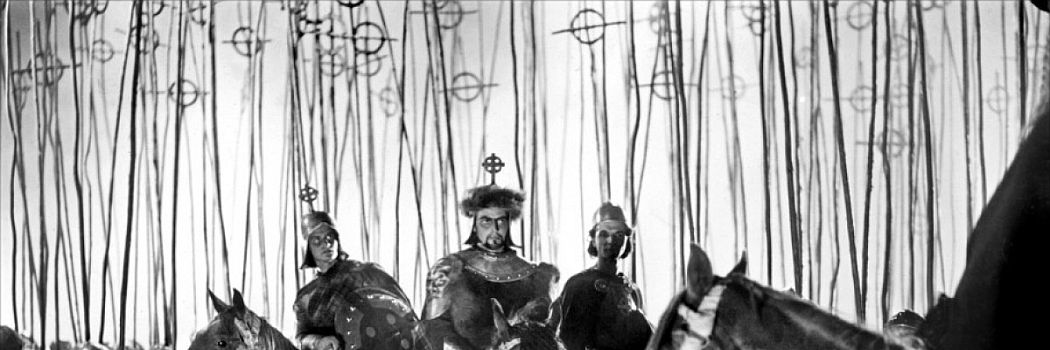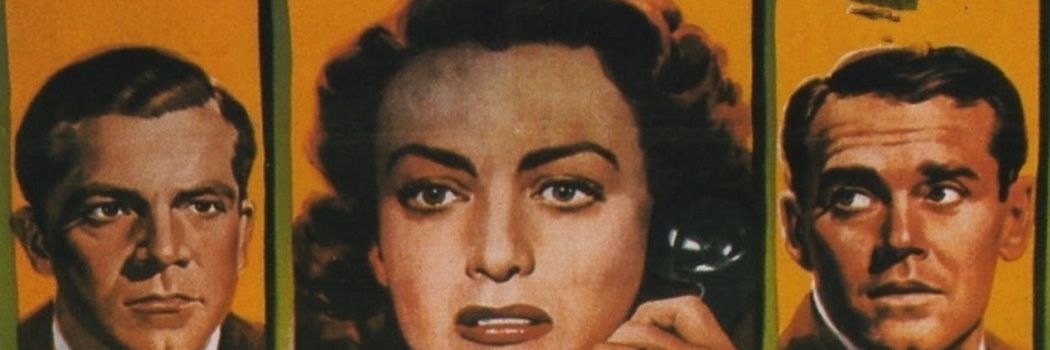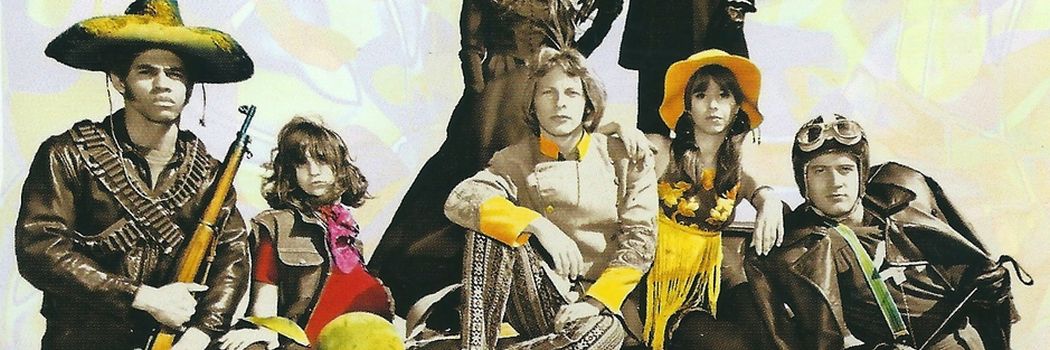Even if Holliday wasn’t sure about Martin’s work ethic, it’s undeniable that they made an adorable couple on screen. Martin is pitch perfect as the playboy on the verge of a nervous breakdown, the kind of guy who knows every famous person on stage and screen and yet manages to be the kind of wide-eyed naïf who believes in fairy tales and guardian angels. And Judy Holliday is, well Judy Holliday. She’s amazing.
